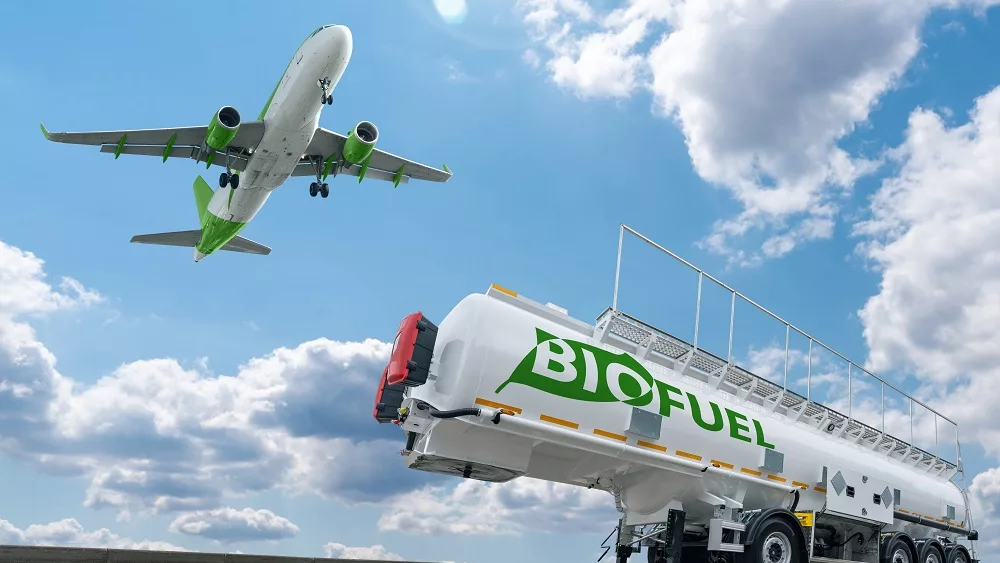The Iowa Renewable Fuels Association (IRFA) today released new testing data from vehicles driving in the real world that demonstrates Big Oil’s earlier Coordinating Research Council (CRC) testing on E15 has no real world implications. To highlight the point, IRFA staff drove a vehicle that exceeded Big Oil’s arbitrary testing threshold for cylinder leakdown from Iowa to Washington, D.C. Members of Congress, staff and media were invited to test drive the vehicle during an event on Capitol Hill.
Big Oil has spent months touting the results of a biased CRC test on vehicles utilizing E15, a 15 percent ethanol blend, and clear gasoline (no ethanol). The CRC test was criticized by many experts for many reasons – notably for its arbitrary testing criteria and for its failure to test vehicles on E10. Since 240 million vehicles routinely operate on E10 without performance issues in the real world, if vehicles running on E10 were also found to exceed the arbitrary testing threshold it would prove that CRC’s E15 testing program was fatally flawed.
“To determine whether the arbitrary CRC testing parameter had real world implications, the IRFA did something that CRC refused to do,” stated IRFA Executive Director Monte Shaw. “IRFA tested eight random vehicles on E10, a fuel utilized in over 95 percent of vehicles today. After 35 years and trillions of miles, we know that E10 works in the real world. To create the E10 baseline, IRFA tested cars that are driven every day – to work, to school, on summer vacations – with no performance issues. If any of these vehicles exceeded the CRC criteria it would prove the arbitrary testing threshold cannot be used to predict real world operability. Three of the eight vehicles tested by IRFA did exceed the arbitrary testing threshold. In fact, we just drove one of those three vehicles further than 1,000 miles. If Big Oil were telling the truth then this vehicle would not have hauled us from Des Moines to DC – yet here it is. You just can’t take Big Oil’s attacks seriously.”
The CRC test of eight vehicles (specifically selected for their presumed sensitivity to this testing protocol) found that three of the vehicles (37.5 percent) exceeded an arbitrary cylinder leakdown parameter while using E15. Meanwhile, CRC tested only those three cars on clear gasoline, and one of those three vehicles (33 percent) also exceeded the arbitrary CRC criteria. Had CRC tested the other five cars on clear gasoline they may have found additional vehicles that exceeded their arbitrary testing parameter.
IRFA secured eight random “daily use” vehicles in Iowa that were driven on E10. They were tested for cylinder leakdown by mechanics using the same procedure as the CRC used. Of the eight vehicles tested by IRFA, three (37.5 percent) exceeded the arbitrary CRC testing parameter. The owners of those three vehicles were quite surprised to learn they had been driving around a vehicle that Big Oil says should leave them stranded on the road.
“Big Oil’s E15 testing lacks credibility at every level,” added Shaw. “It lacks credibility on their vehicle selection. It lacks credibility on their testing parameters. It lacks creditability on real world implications. And most importantly, Big Oil lacks credibility on how they used their biased results in an attempt to scare the public and policy makers regarding the use of E15.”

